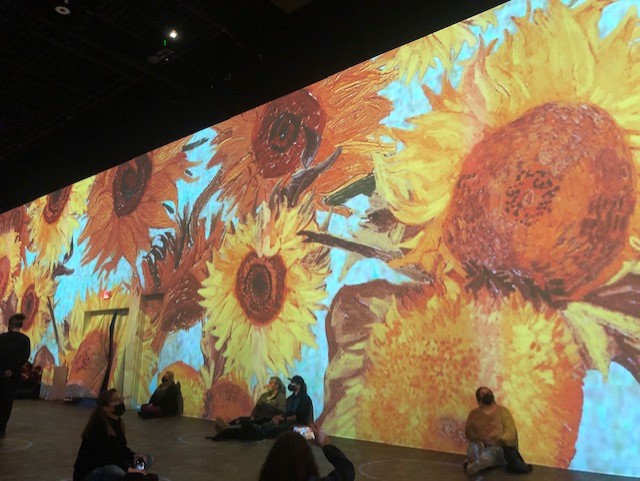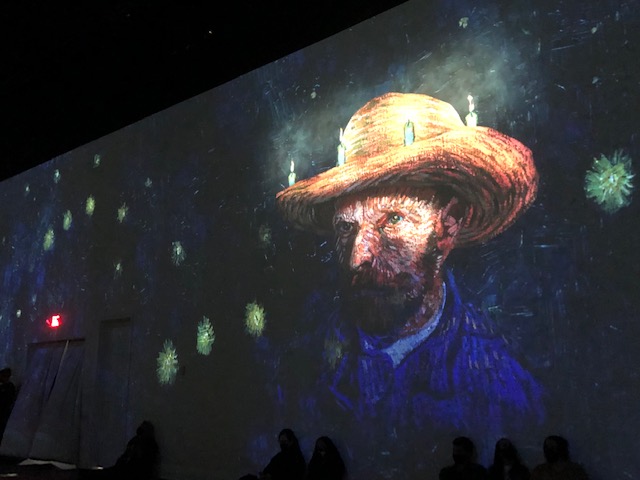Despite having a fameless life, Vincent Van Gogh has become one of the most famous and influential artists today.
Van Gogh suffered from mental health issues and poverty, making it hard for him to keep a job. After checking himself into a mental institute, he discovered his passion for art at 27 and began to teach himself how to draw and paint. Some of his most famous paintings were painted during his year stay in the institute.
Throughout his 10 year career, Van Gogh painted nearly 900 paintings. Among these include “Starry Night”, “The Potato Eaters”, “Almond Blossoms” and more.

Van Gogh’s life was one filled with struggle. According to Van Gogh Gallery, many psychiatrists believe that Van Gogh suffered from mental disabilities such as temporal lobe epilepsy, bipolar disorder, thujone poisoning, lead poisoning, hypergraphia, or sunstroke. It is still unknown what exactly his diagnosis is, but there are many theories.
Van Gogh’s life was filled with many unanswered mysteries today. These include his missing ear; the most common theory being he cut it off himself and sent it to a prostitute, and even the circumstances surrounding the young artist’s death.
Most sources label Van Gogh’s death as a suicide, but there is no evidence to confirm this. After leaving the Ravoux Inn on July 27, 1890 with his painting supplies, Van Gogh returned hours later with a gunshot wound right below his ribs. He would later die in his bed on July 28, 1890 in the arms of his brother, Theo.

The theories surrounding how Van Gogh obtained this gunshot wound vary. Some of these theories say he was robbed, shot by neighborhood kids, and the most famous being he shot himself.
With Van Gogh’s history of mental health struggles, letting himself bleed out and ruling it a suicide does make sense. The circumstances surrounding the incident are still unknown, as his brother and his sister-in-law both admitted shortly after Van Gogh’s death that they do not know where he would get the gun. After searching the field Van Gogh was supposedly in that night, the gun was not found.
After his death, all of his paintings were given to his sister-in-law. She sold them, giving Van Gogh the start of fame he never received during his life.
Today, he is one of the most recognizable artists in history. His legacy has not only influenced other artists, but the film and music industry as well.
The BBC show ‘Doctor Who’ has a Van Gogh episode, describing his work by stating the following: “He transformed the pain of his tormented life into ecstatic beauty. Pain is easy to portray, but to use your passion and pain to portray the ecstasy and joy and magnificence of our world… No one had ever done it before. Perhaps no one ever will again.”

His influence has impacted many lives, so much so that he now has many exhibitions dedicated to him. One of the most famous being the Immersive Van Gogh.
Details of the Immersive Van Gogh can be found in another article written by fellow reporter, Shannon Craig.
The exhibit shows the beauty Van Gogh saw in life, despite the constant struggles he faced every day. It gives one an opportunity to jump into one of his paintings and see what he saw.
That is what is so beautifully sad about Van Gogh’s work; regardless of the circumstances, he still created beautiful artwork. He died thinking he was an unsuccessful man. He used his art as an escape and painted the world as he saw it, and it is a shame that he never got to see how important he would later become.


